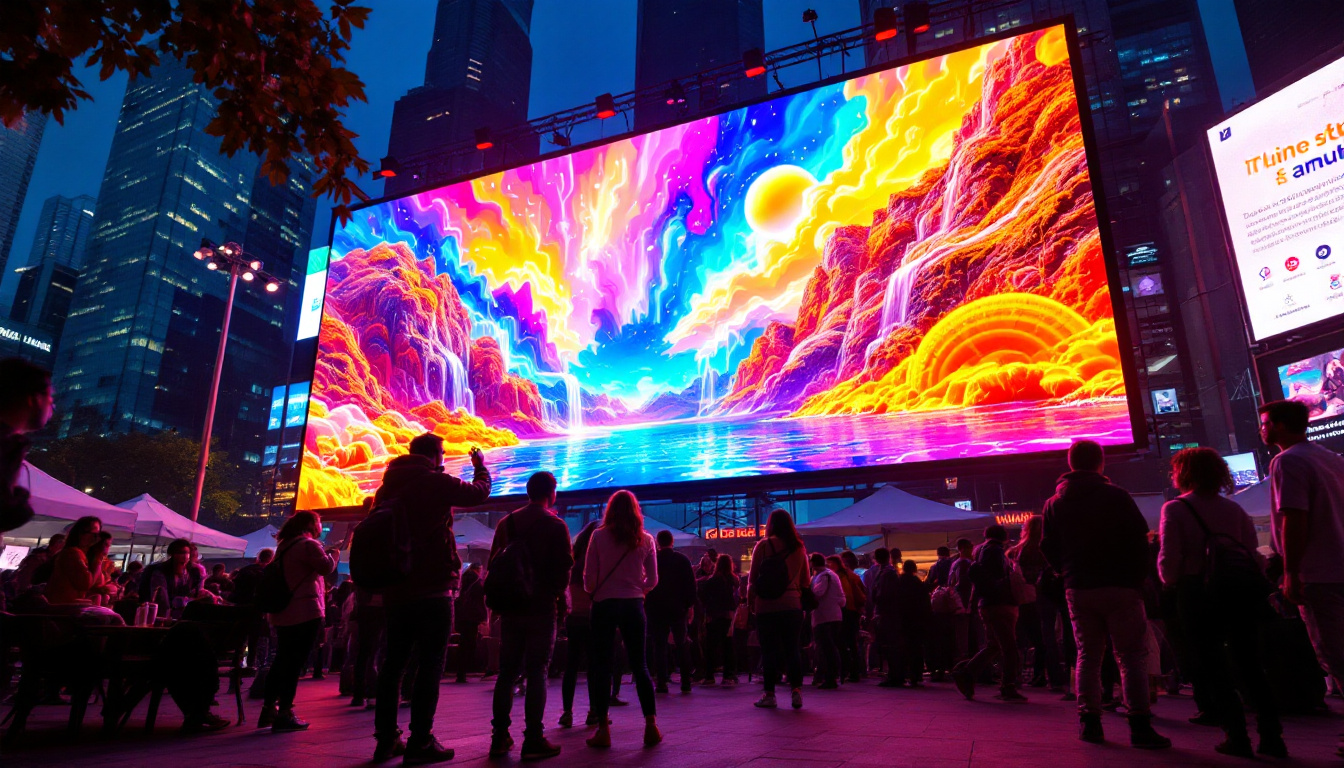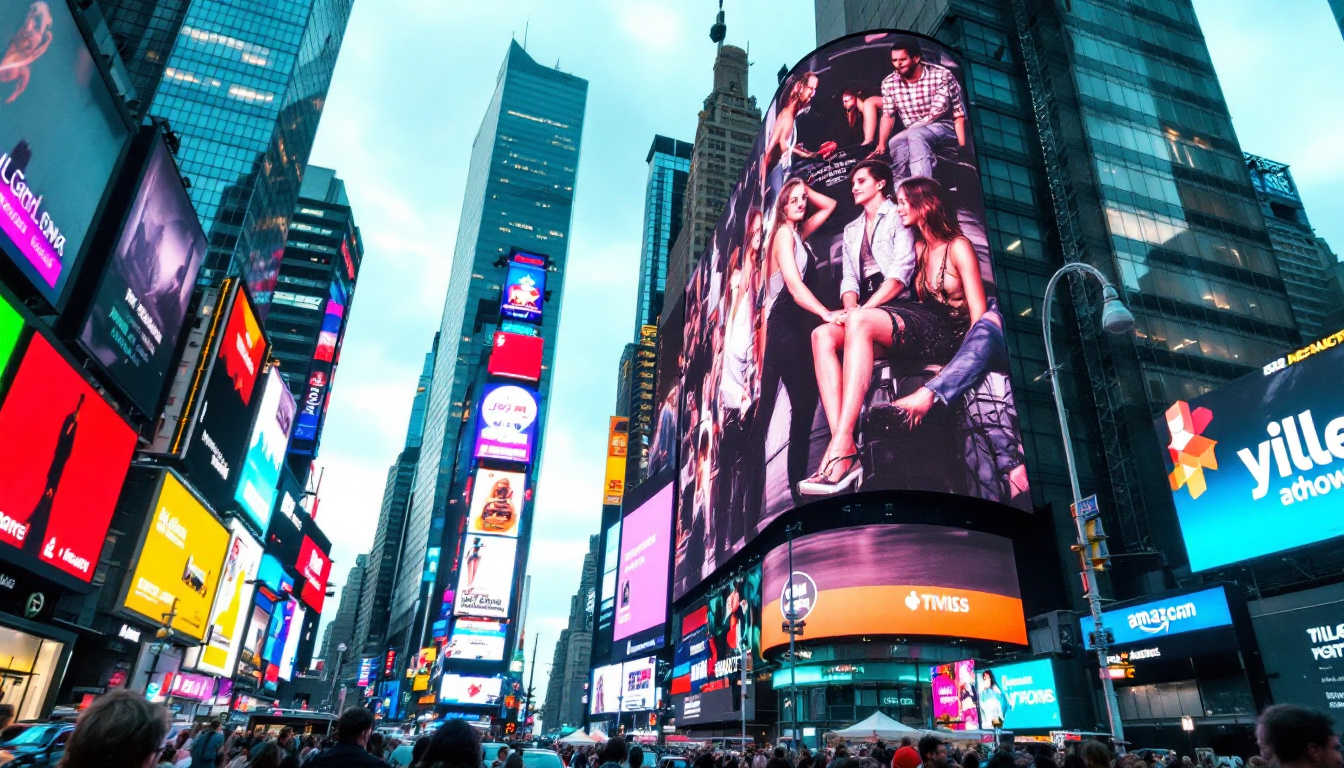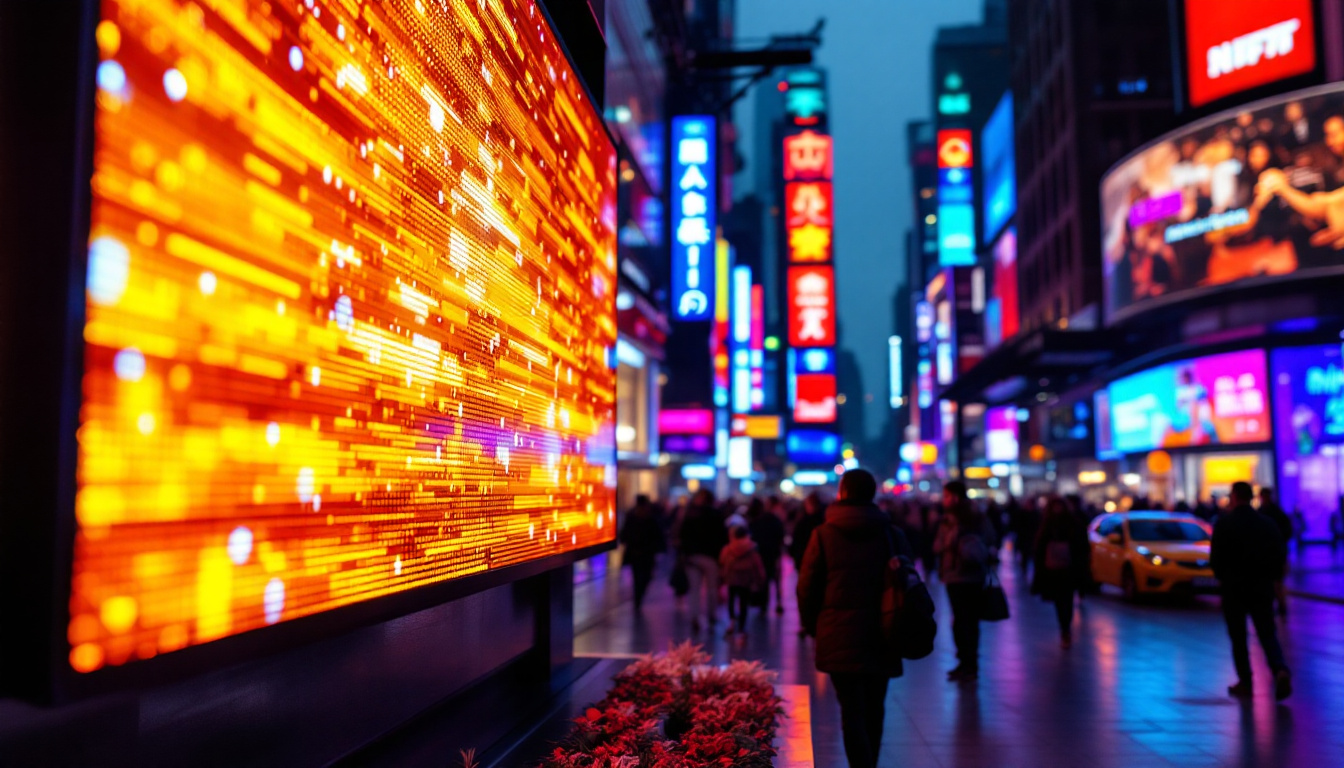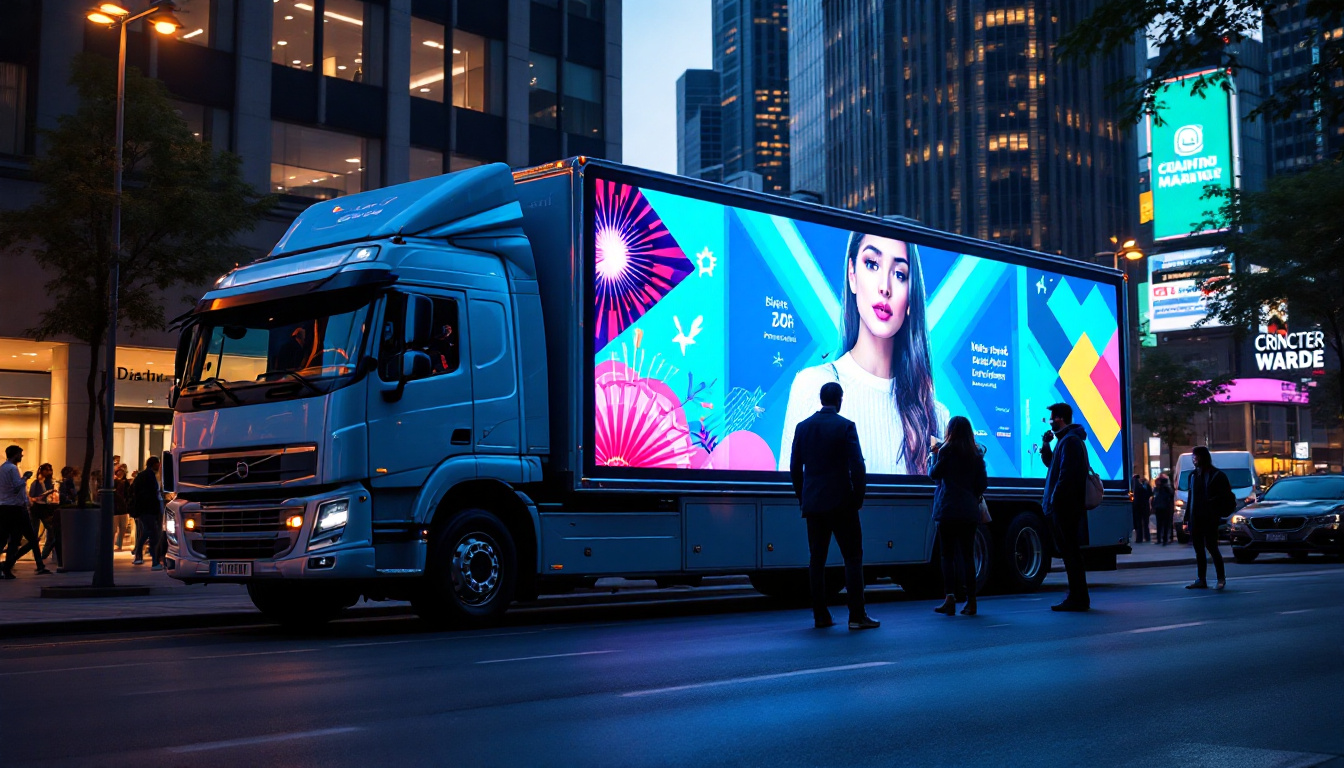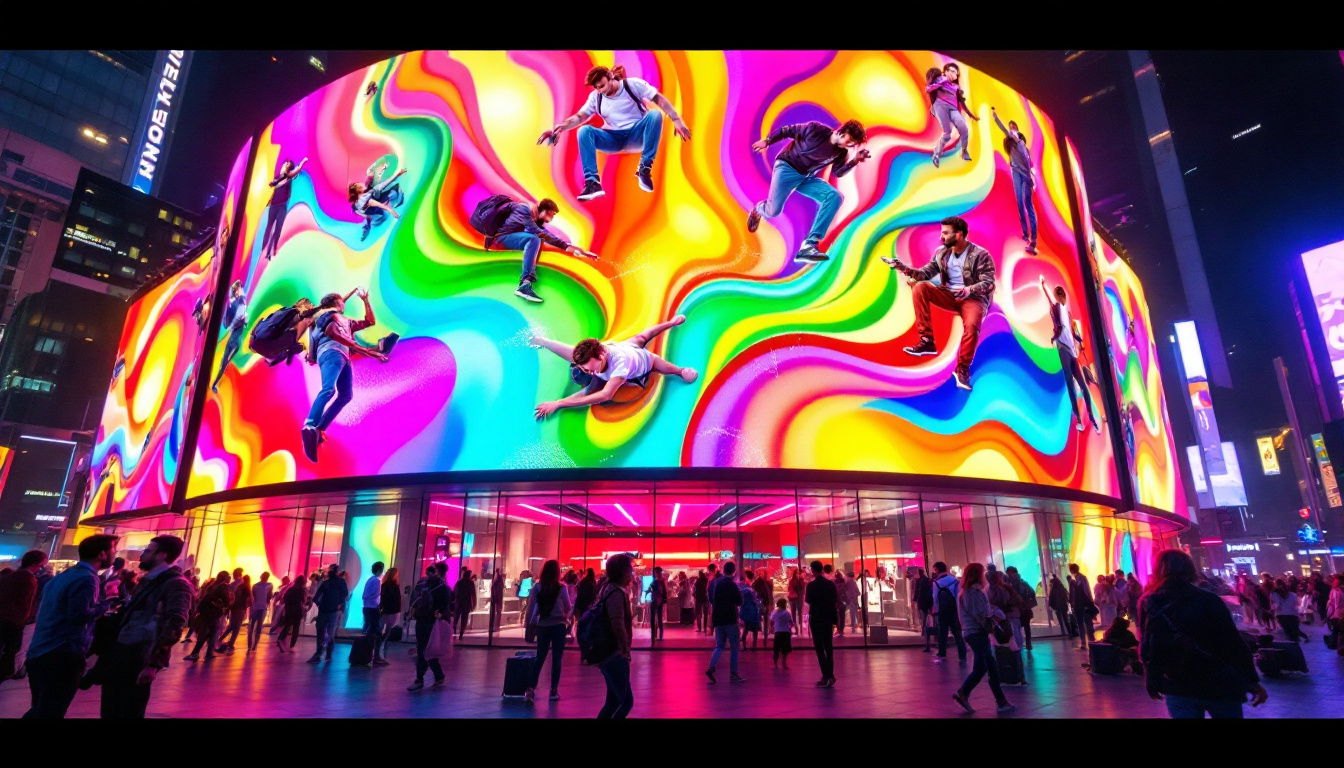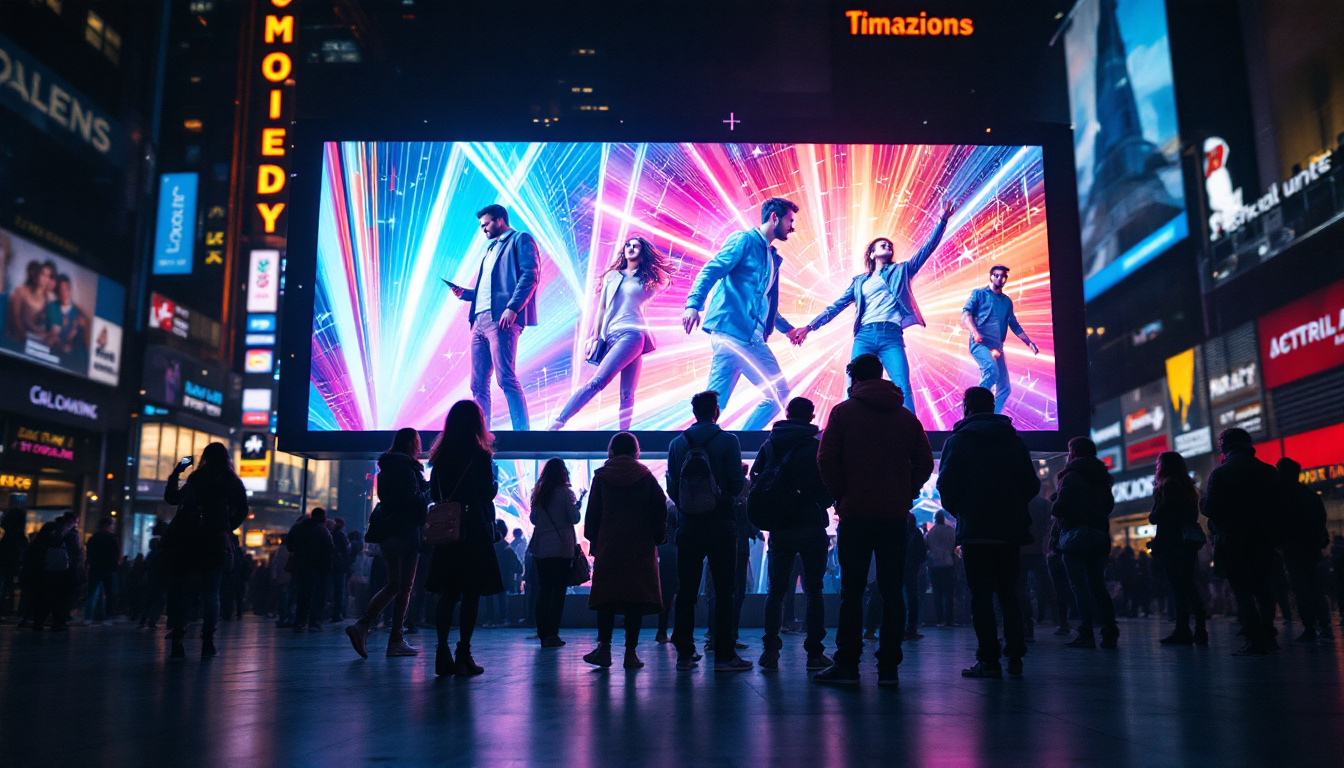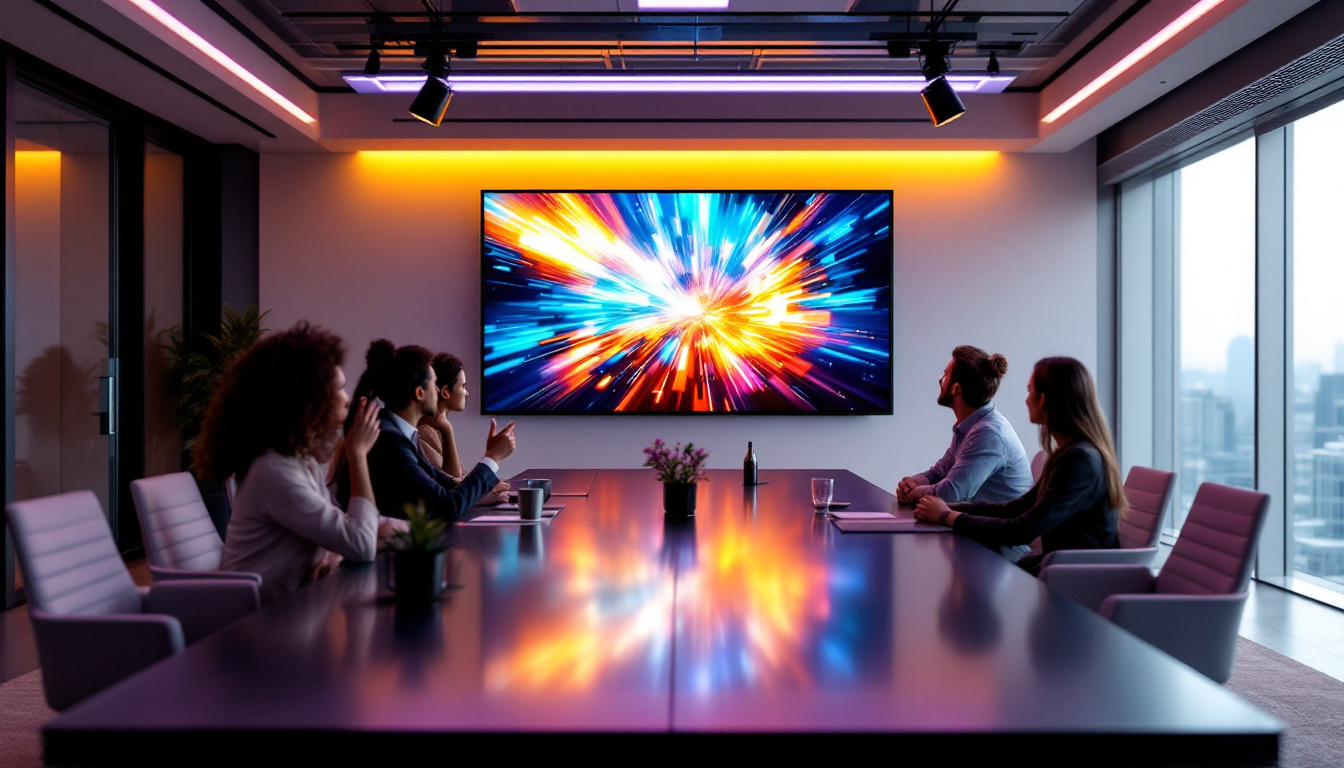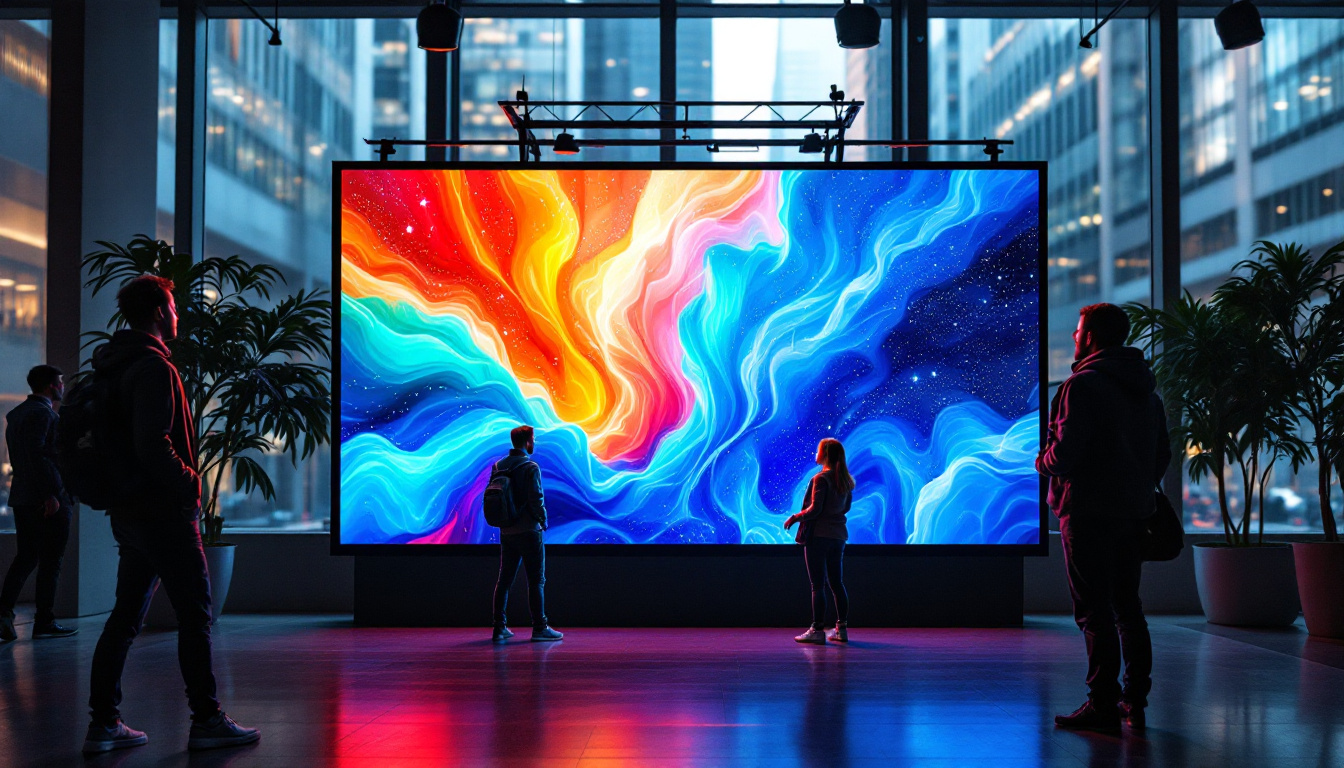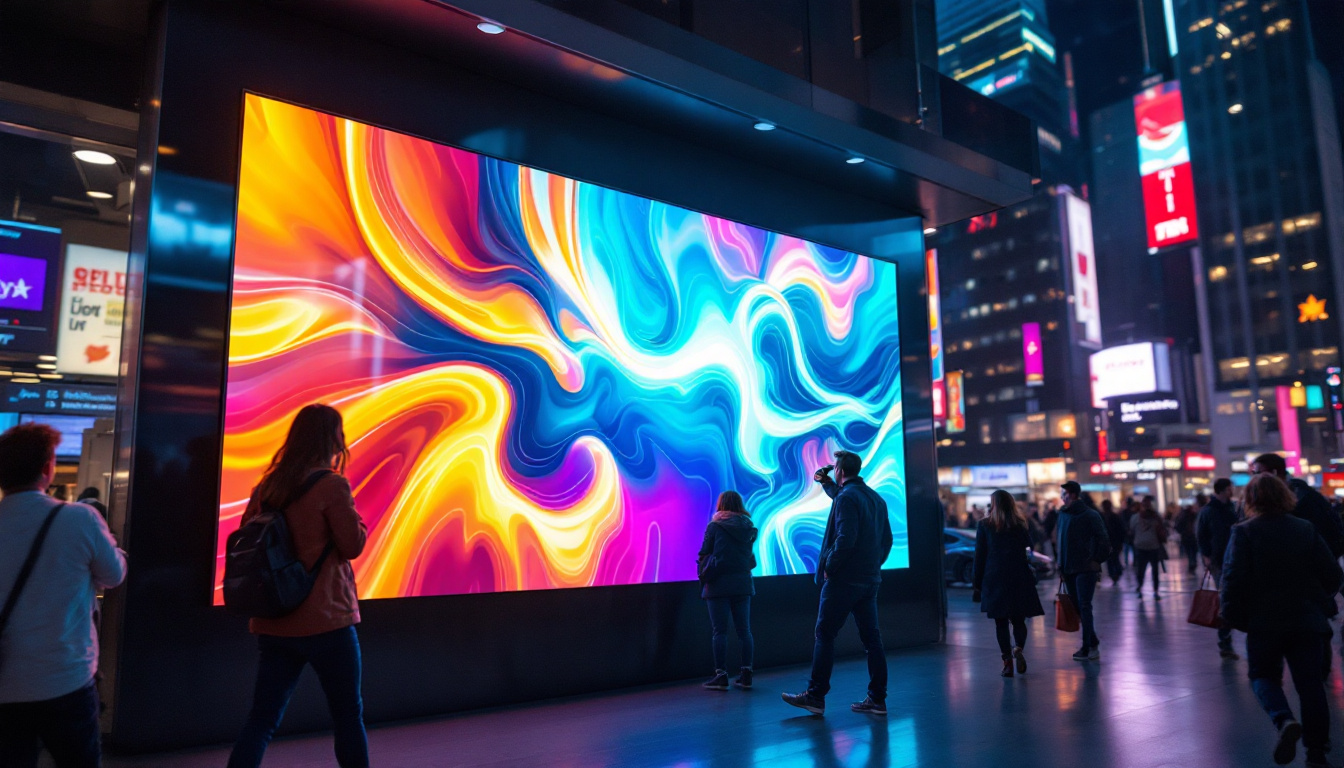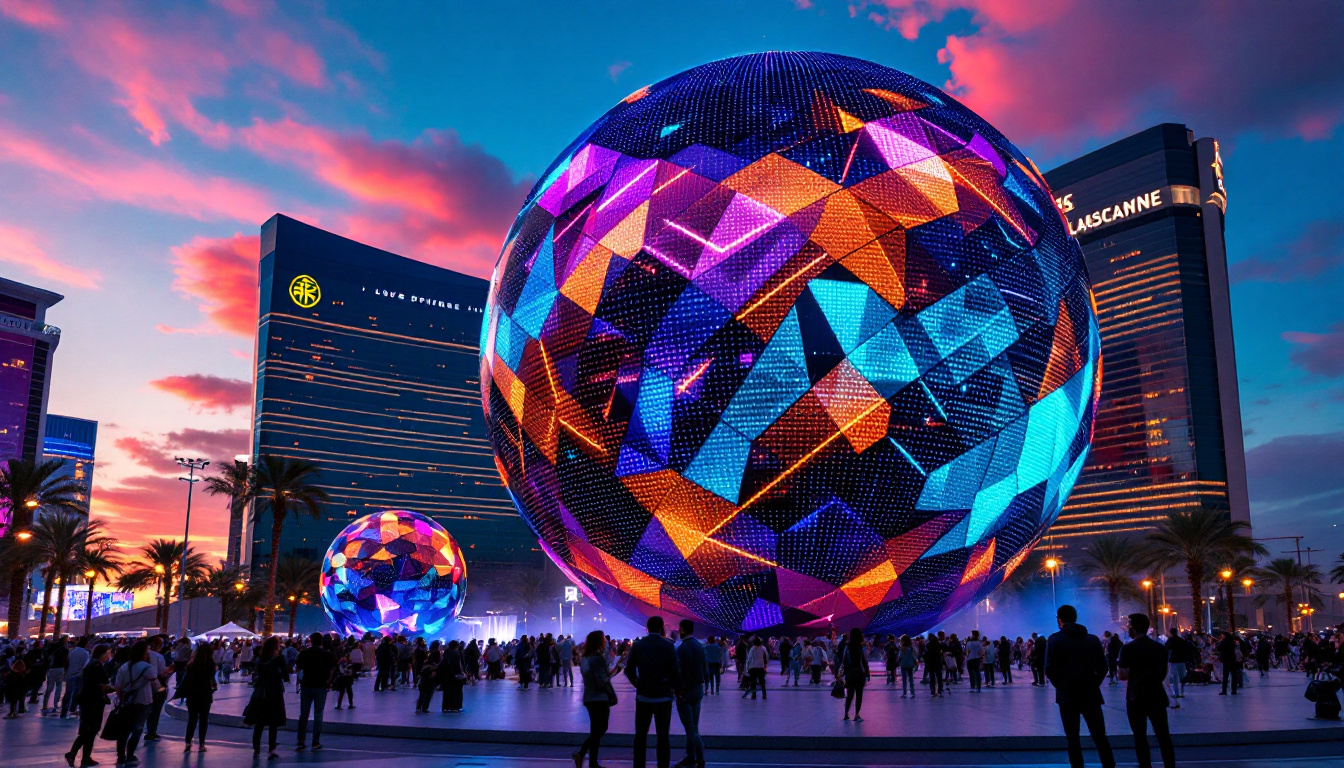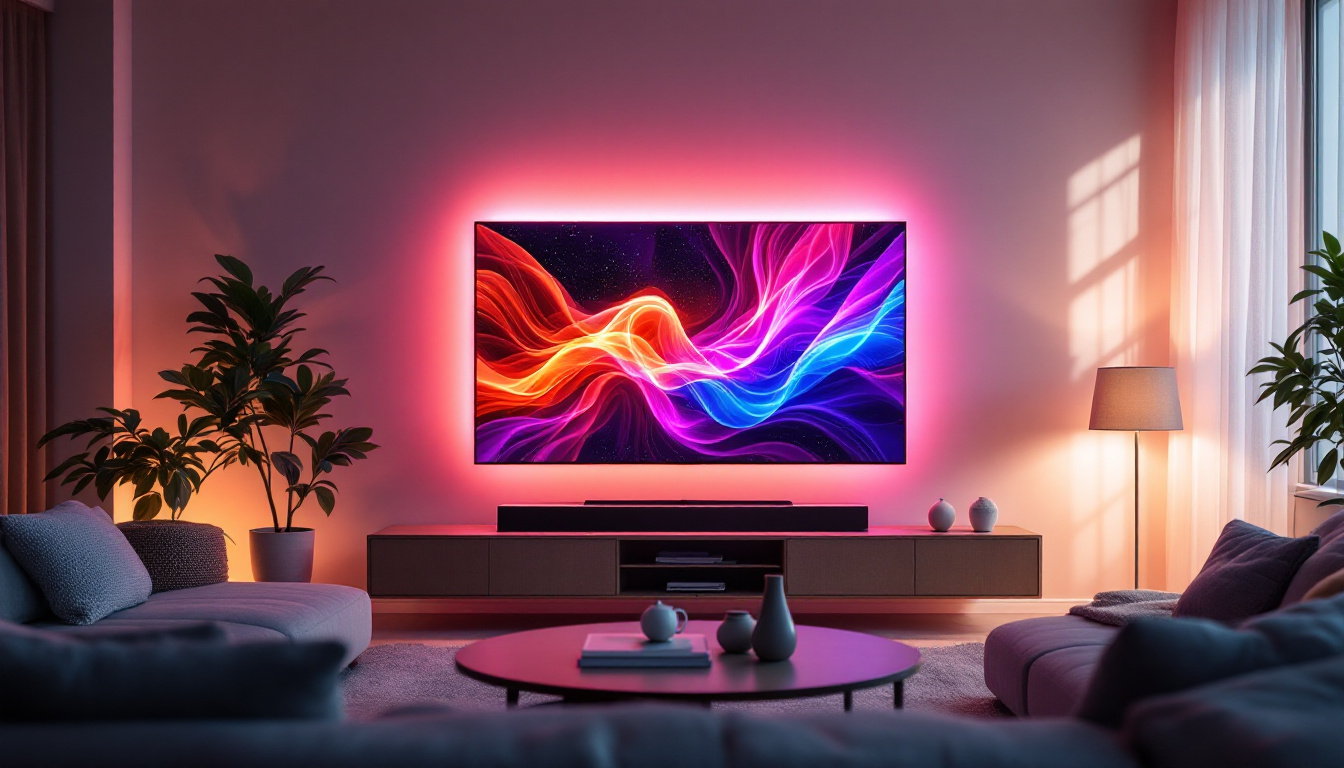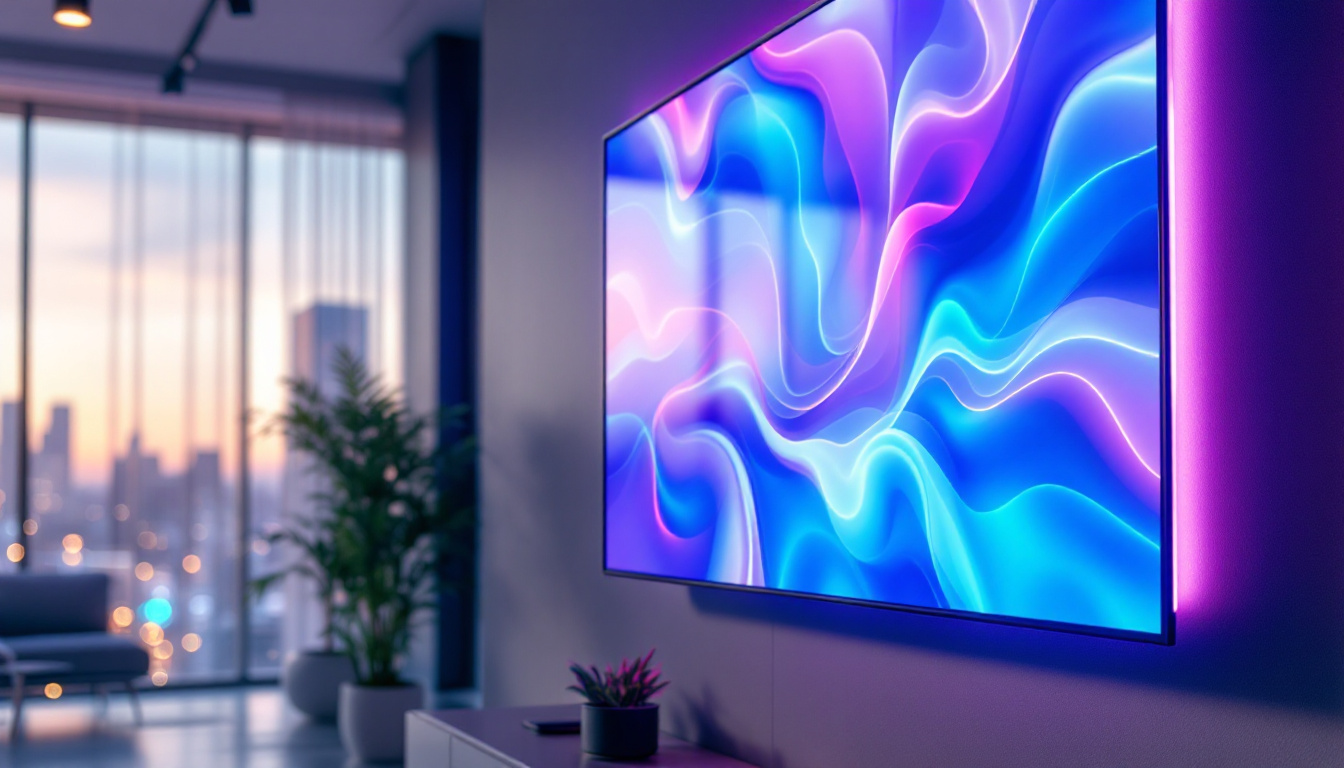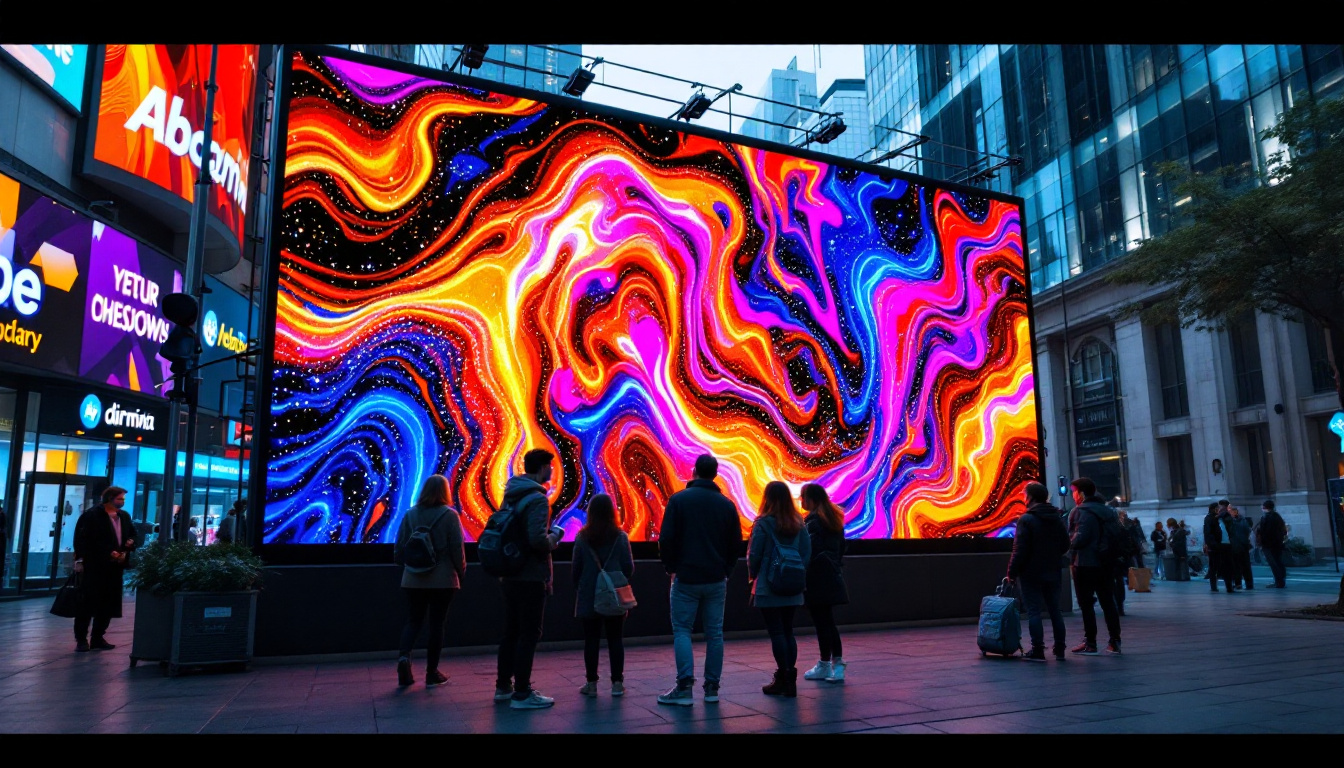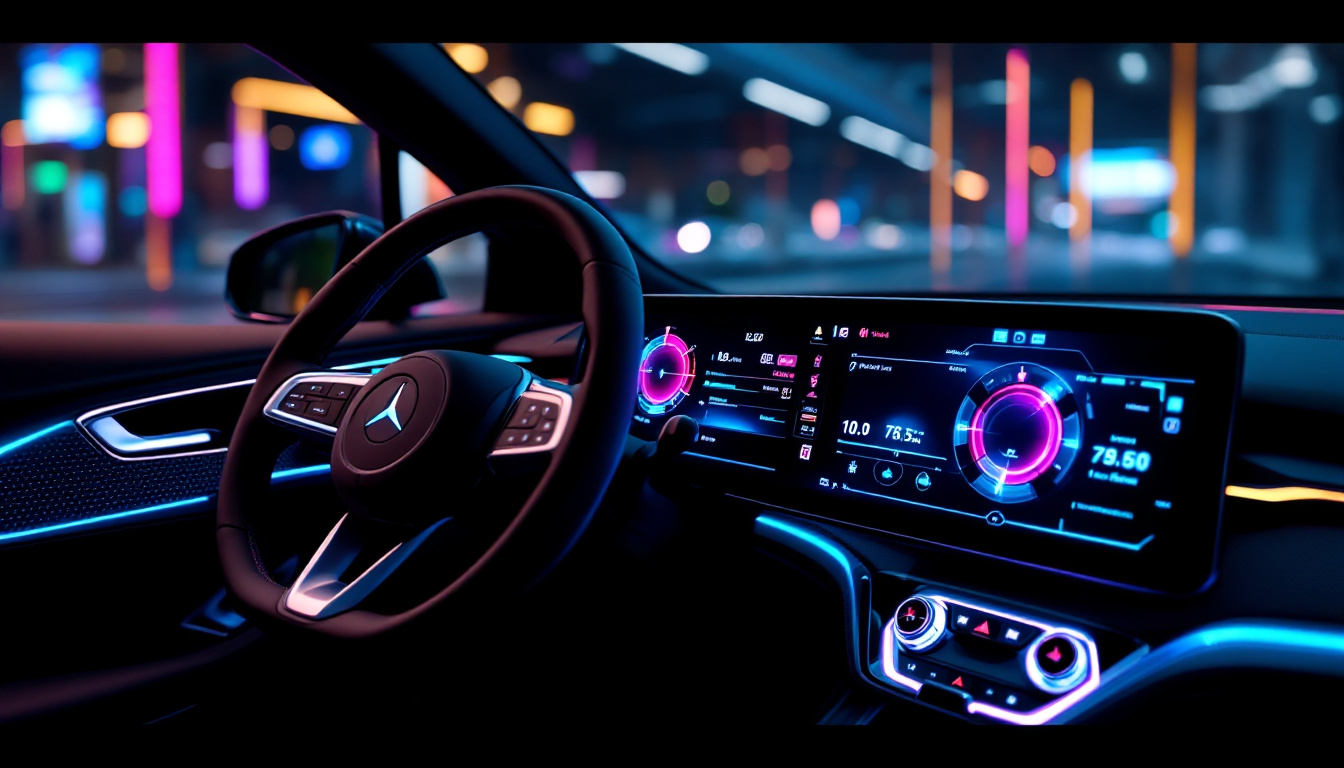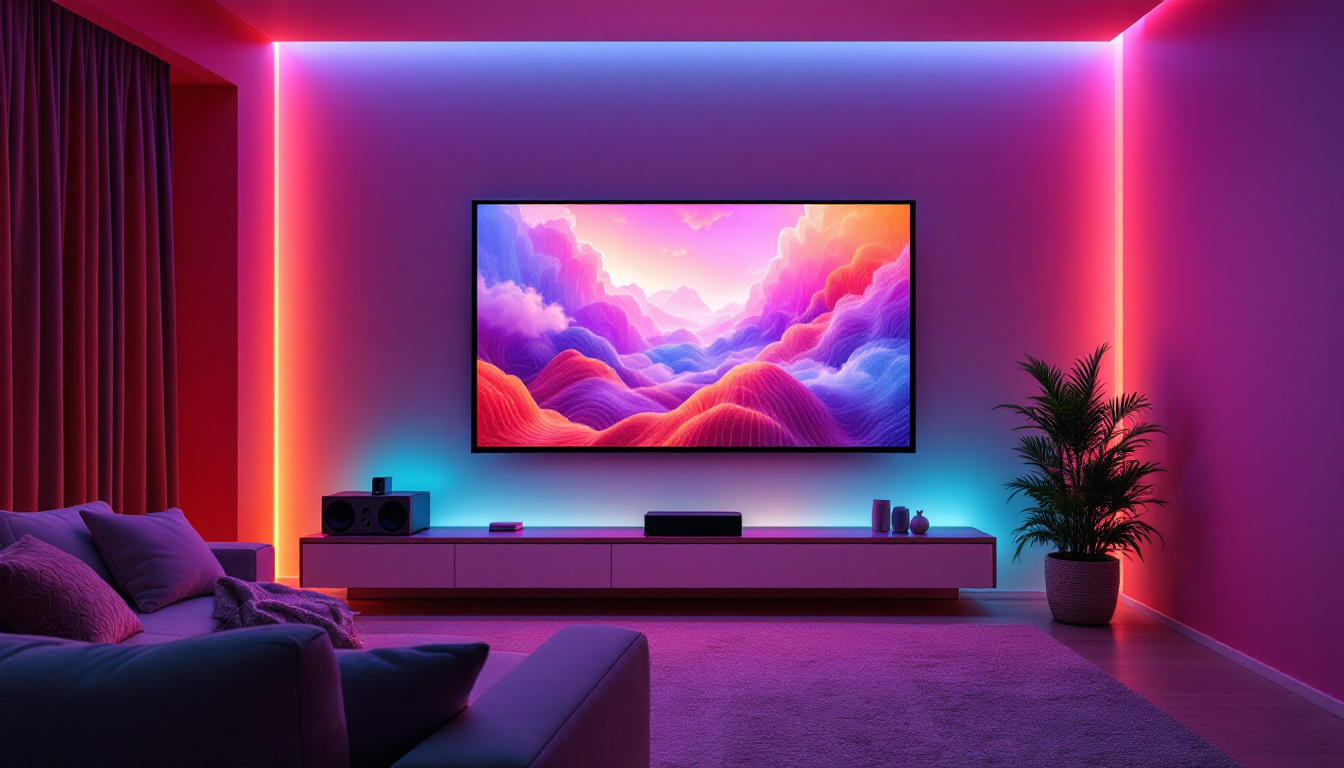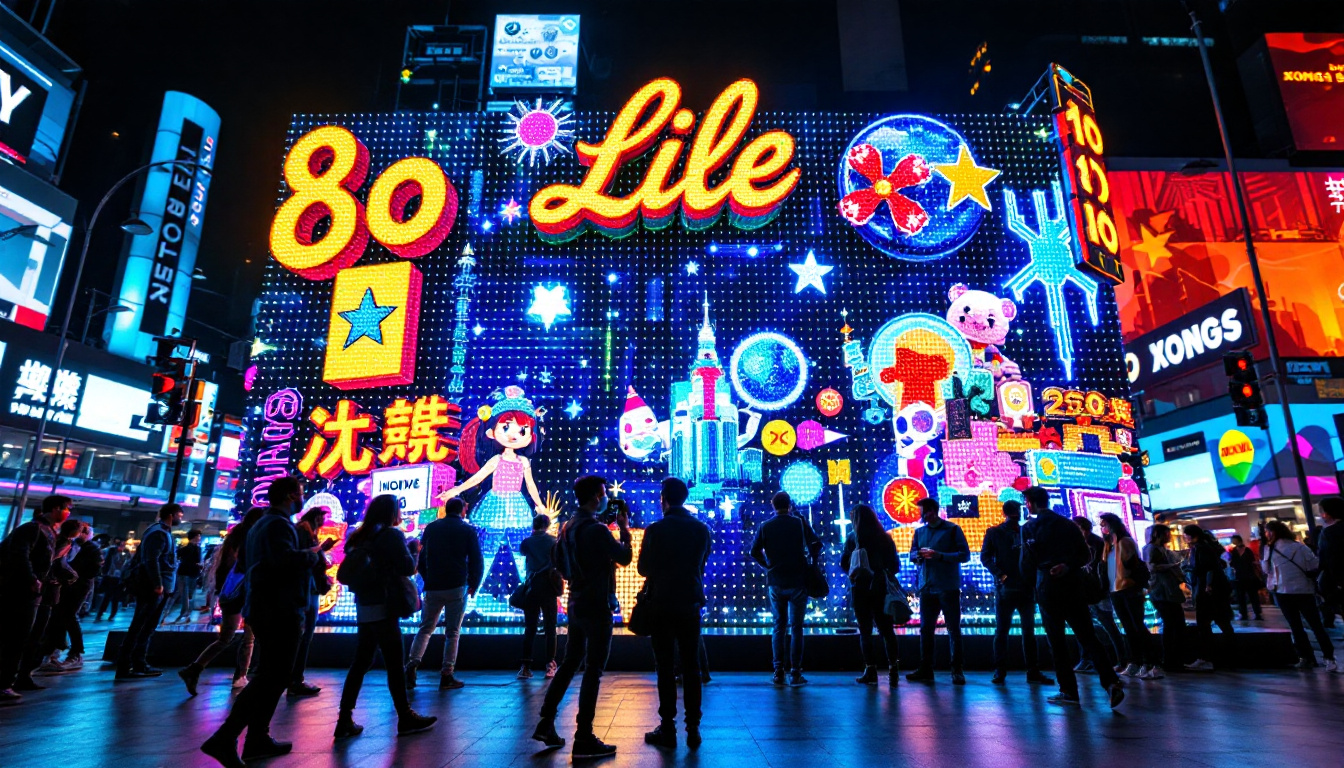Outdoor LCD Screen: LED Display Explained
In today’s digital age, outdoor LCD screens and LED displays have become essential tools for communication, advertising, and information dissemination. These displays are not only visually striking but also versatile, catering to various environments and needs. Understanding the technology behind these screens can help businesses and organizations make informed decisions on their use and implementation.
Understanding LCD and LED Technology
Before delving into outdoor applications, it is crucial to grasp the fundamental differences between LCD (Liquid Crystal Display) and LED (Light Emitting Diode) technologies. While both are used for display purposes, their mechanisms and applications vary significantly.
How LCD Works
LCD technology relies on liquid crystals that modulate light. The screen is composed of several layers, including a backlight, polarizers, and the liquid crystal layer itself. When an electric current passes through the liquid crystals, they align in such a way that they either block or allow light to pass through, creating images. This technology is widely used in televisions, computer monitors, and various display devices.
One of the main advantages of LCD screens is their ability to produce sharp images with high resolution. However, they often struggle in bright outdoor conditions due to limited brightness levels and glare. Furthermore, LCDs typically have slower response times compared to their LED counterparts, which can lead to motion blur in fast-moving images, making them less suitable for high-speed video applications such as sports broadcasting or gaming.
How LED Works
LED technology, on the other hand, uses diodes that emit light when an electric current flows through them. Unlike LCDs, LED displays can be either backlit (as in LED TVs) or made entirely of LEDs (as in digital billboards). The latter provides vibrant colors and exceptional brightness, making them ideal for outdoor use.
LED displays are known for their energy efficiency and longevity, often lasting tens of thousands of hours. Their ability to function well in various lighting conditions makes them a popular choice for outdoor advertising and information displays. Additionally, LED technology allows for greater flexibility in design, enabling the creation of curved or irregularly shaped screens that can fit unique architectural spaces. This adaptability has led to innovative uses in public art installations and interactive displays, further expanding the horizons of visual communication.
Advantages of Outdoor LCD Screens
Outdoor LCD screens offer a range of benefits that make them suitable for various applications. From advertising to public information, these screens can enhance visibility and engagement.
High Visibility
One of the primary advantages of outdoor LCD screens is their high visibility. These displays are designed to be bright enough to stand out in direct sunlight, ensuring that messages reach their intended audience. With advancements in technology, many outdoor LCD screens now feature anti-glare coatings and enhanced brightness levels, making them effective even in challenging lighting conditions.
Versatility in Content Display
Outdoor LCD screens can display a wide variety of content, including videos, images, and real-time information. This versatility allows businesses and organizations to tailor their messages to different audiences and contexts. For instance, a retail store can showcase promotional videos during peak hours, while a public transportation system can provide real-time updates on schedules and delays.
Durability and Weather Resistance
Designed to withstand the elements, outdoor LCD screens are built with robust materials that can endure harsh weather conditions. These screens are often equipped with protective casings that shield them from rain, snow, and extreme temperatures. As a result, they can operate reliably in various environments, making them a worthwhile investment for outdoor applications.
Challenges of Outdoor LCD Screens
Despite their advantages, outdoor LCD screens also face certain challenges that need to be addressed for optimal performance.
Temperature Sensitivity
Outdoor LCD screens are sensitive to extreme temperatures. High heat can cause the liquid crystals to malfunction, while low temperatures can lead to slow response times. To mitigate these issues, many manufacturers incorporate temperature regulation systems, such as heating elements or cooling fans, to maintain optimal operating conditions.
Maintenance Requirements
Regular maintenance is essential for outdoor LCD screens to ensure their longevity and performance. Dust, dirt, and moisture can accumulate on the screen, affecting visibility and functionality. Routine cleaning and inspections are necessary to keep the displays in top condition. Additionally, technical issues may arise, necessitating professional servicing to address any malfunctions.
LED Displays: The Future of Outdoor Advertising
As technology continues to evolve, LED displays are increasingly becoming the preferred choice for outdoor advertising and information dissemination. Their unique characteristics and advantages make them stand out in the competitive landscape of digital displays.
Enhanced Brightness and Color Accuracy
LED displays are renowned for their superior brightness levels, which allow them to be visible even in direct sunlight. This feature is particularly beneficial for outdoor advertising, where capturing attention is crucial. Furthermore, LED technology offers exceptional color accuracy, ensuring that advertisements are vibrant and eye-catching.
Dynamic Content Capabilities
One of the standout features of LED displays is their ability to showcase dynamic content. Advertisers can easily change their messages in real-time, allowing for targeted promotions and timely updates. This flexibility enables businesses to engage with their audience more effectively and respond to changing market conditions.
Cost-Effectiveness
While the initial investment in LED technology may be higher than traditional display options, the long-term cost-effectiveness is undeniable. LED displays consume less power, leading to reduced energy bills over time. Additionally, their durability and low maintenance requirements contribute to lower overall operational costs.
Applications of Outdoor LCD and LED Displays
Outdoor LCD and LED displays are utilized across various sectors, each leveraging the technology to meet specific needs and objectives.
Advertising and Marketing
In the realm of advertising, outdoor displays have revolutionized how brands communicate with consumers. Billboards equipped with LED technology can display multiple advertisements in a single location, maximizing exposure and engagement. Similarly, retail stores use outdoor LCD screens to promote sales and events, attracting foot traffic and increasing sales opportunities.
Transportation and Wayfinding
Public transportation systems have also adopted outdoor displays to enhance passenger experience. Real-time information boards at bus stops and train stations provide travelers with essential updates on schedules and delays. Additionally, wayfinding displays in urban environments help pedestrians navigate complex city layouts, improving overall accessibility.
Event and Venue Management
Outdoor displays are invaluable for event management, providing attendees with vital information and schedules. Concerts, festivals, and sporting events often utilize large LED screens to broadcast performances and announcements, creating an immersive experience for spectators. These displays can also serve as digital signage for venue branding and sponsorship opportunities.
Choosing the Right Display for Your Needs
When considering outdoor displays, it is essential to evaluate specific needs and objectives. Factors such as location, content type, and budget play a significant role in determining the best option.
Assessing Location and Environment
The location of the display significantly impacts its effectiveness. High-traffic areas with ample visibility are ideal for advertising, while locations with heavy foot traffic may benefit from interactive displays. Additionally, understanding the environmental conditions—such as sunlight exposure and weather patterns—will help in selecting the appropriate technology.
Content Strategy
Defining a clear content strategy is vital for maximizing the impact of outdoor displays. Consider the target audience and the type of content that will resonate with them. Whether it’s promotional videos, informational updates, or interactive content, aligning the display’s capabilities with the intended message will enhance engagement.
Budget Considerations
Budget constraints are a reality for many organizations. While LED displays may require a higher initial investment, their long-term benefits often justify the cost. It is essential to conduct a thorough cost-benefit analysis to determine the best fit for your needs while considering factors such as energy consumption, maintenance, and potential return on investment.
Future Trends in Outdoor Display Technology
The outdoor display industry is continually evolving, with new technologies and trends emerging to enhance user experience and engagement.
Integration with Smart Technology
As smart technology becomes increasingly prevalent, outdoor displays are expected to integrate with IoT (Internet of Things) systems. This integration will enable real-time data collection and analysis, allowing businesses to tailor their content based on audience behavior and preferences. For instance, displays could adjust their messaging based on foot traffic patterns or weather conditions, optimizing engagement.
Interactive Displays
Interactive outdoor displays are gaining traction, providing users with engaging experiences. Touchscreen technology allows passersby to interact with the content, whether it’s navigating information, participating in surveys, or accessing promotions. This level of interactivity fosters a deeper connection between brands and consumers.
Advancements in Display Technology
Ongoing advancements in display technology, such as microLED and OLED, promise to enhance outdoor displays further. These technologies offer improved color accuracy, contrast ratios, and energy efficiency, paving the way for even more dynamic and visually stunning outdoor advertising solutions.
Conclusion
Outdoor LCD screens and LED displays have transformed the way businesses and organizations communicate with their audiences. With their high visibility, versatility, and durability, these displays are invaluable tools for advertising, information dissemination, and enhancing user experience. As technology continues to evolve, the future of outdoor displays looks promising, with innovations that will further enhance engagement and effectiveness.
In a world where capturing attention is paramount, investing in quality outdoor displays can provide a significant competitive advantage. By understanding the differences between LCD and LED technologies, evaluating specific needs, and staying abreast of emerging trends, organizations can make informed decisions that will drive success in their outdoor communication strategies.
Discover LumenMatrix’s Innovative LED Display Solutions
Ready to elevate your outdoor communication strategy with cutting-edge technology? LumenMatrix offers a comprehensive range of LED display solutions tailored to your unique needs. From vibrant Outdoor LED Wall Displays to dynamic Vehicle LED Displays and beyond, our products are designed to captivate your audience and amplify your message. Experience the future of visual engagement with our state-of-the-art LED displays. Check out LumenMatrix LED Display Solutions today and transform the way you connect with the world.

